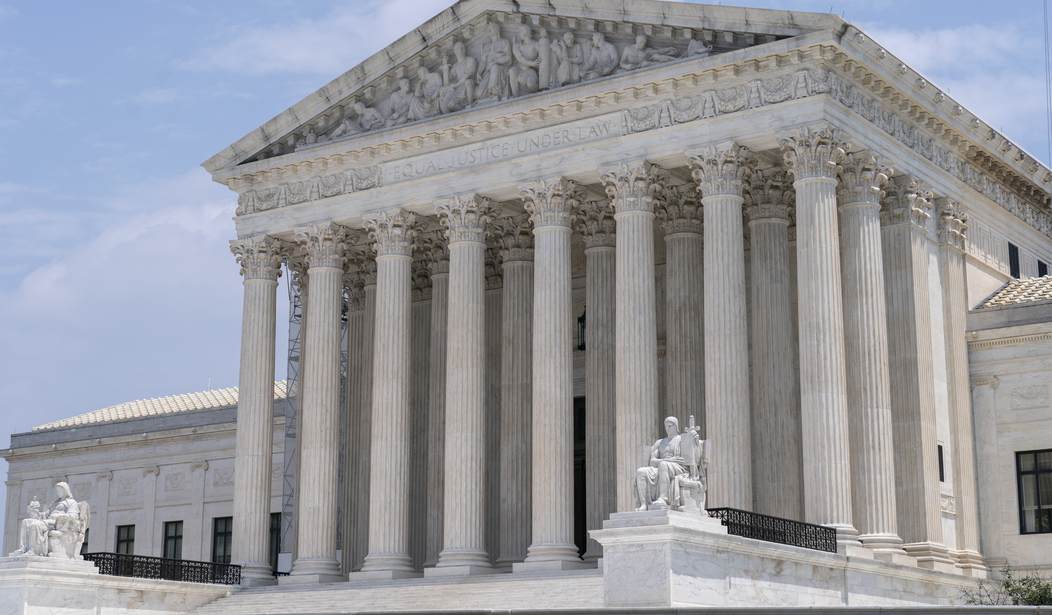It might have been half an hour, perhaps even an hour, (for I could take but imperfect note of time) before I again cast my eyes upward. What I then saw confounded and amazed me. The sweep of the pendulum had increased in extent by nearly a yard. As a natural consequence, its velocity was also much greater. But what mainly disturbed me was the idea that had perceptibly descended. I now observed — with what horror it is needless to say — that its nether extremity was formed of a crescent of glittering steel, about a foot in length from horn to horn; the horns upward, and the under edge evidently as keen as that of a razor. Like a razor also, it seemed massy and heavy, tapering from the edge into a solid and broad structure above. It was appended to a weighty rod of brass, and the whole hissed as it swung through the air.
– Edgar Allen Poe, The Pit and the Pendulum
Poe’s famous story, quoted here, describes a man’s torture at the hands of the Spanish Inquisition. Today, in the United States, the citizenry are watching the swing of another pendulum, a political one, that to some indications are beginning to swing back to the right. There are some indications that things may be moving in a direction that conservatives and liberty-minded folks in general will find encouraging, both in politics and in culture. But there’s a lot of swing in this pendulum, and it’s not at all certain where this apparent rightward swing will end up. There are, of course, some indications.
For every action, there is an equal and opposite reaction. With recent conservative victories at the Supreme Court, a reaction to the Left’s stranglehold on Amnerica may be emerging.
A couple of weeks ago, the Supreme Court handed down two decisions that have conservatives cheering. Affirmative Action, government-compelled speech, and President Biden’s unilateral student loan forgiveness plan were all struck down as unconstitutional.
Each case is interesting on its own, but perhaps what’s most intriguing about these three decisions is how popular they are with the electorate. In an era when so many institutions— academia, Hollywood, and most of the federal government—are controlled by the Left, the fact that a Supreme Court, composed of mostly Republican-appointees, issued such well-received decisions is astounding and indicates that Americans reject the Left’s more extreme policies.
It’s important to note that the pendulum – the political pendulum, not the Spanish Inquisition’s version – may be swinging right, but it has not yet swung much past center, so long as the institutions are concerned. Yes, the Supreme Court has a narrow majority that seem to actually have read the Constitution. The House of Representatives is in Republican hands – barely. The Senate and the White House remain Democrat for now.
Academia and entertainment, however, remain liberal – nay, progressive – bastions. Tolerance for dissent from the Leftist line among academics is still non-existent. The push to conceal children’s “gender affirmations” is getting some backlash, but that’s a drawn-out process. Those are the institutions through which the Left has made a long march.
This merits a little examination.
….A poll conducted by Redfield and Wilton Strategies shortly after the decisions were announced found that far more people supported the rulings than didn’t. For example, regarding 303 Creative LLC v. Elenis, where the Court ruled that a Colorado web designer could not be forced to create websites for same-sex weddings, more than twice as many people supported the decision as opposed it.
The Politics
The interesting part of this is that Supreme Court decisions are a reaction, and therefore the public’s approval or disapproval of decisions are a lagging indicator. Before an issue comes before the Court, there is some action taken on the part of government, then a reaction, a lawsuit or trial, then various appeals and so on, before the Supreme Court even examines the issue. The process can take years. It is easy, then, to draw some conclusions on these cases, that the American people in general are growing tired of progressive shenanigans, that attitudes are changing, that a rightward shift in the Overton Window is underway.
If only things were that simple.
The analogy to Poe’s tale and to his vision of the pendulum may be more apt than we think. There are indications that some on the Left are increasingly seeing violence as an acceptable tactic in political debates. Shades of 1856! Say what you will about the political Left, but they sure do hang together, and they won’t give up without a fight. Removing the strangleholds they have on academia and entertainment, in particular, won’t be easy—and it won’t be done overnight.
The political pendulum may be, as it has been in the past (as recently as the post-Watergate swing to the left), a benign sort of thing, that you might find in an antique grandfather clock. Or it might be the more sinister sort that Poe described and that Vincent Price wielded. We’ve seen it before. In 1972, it was the former. In 1860, it was the latter. Remember what was significant about 1860. And the Left, if they see themselves starting to lose their control of any of these political, academic, or entertainment institutions, will react vigorously. Maybe violently.
That sort of pendulum, after a certain number of swings, cuts a body in half. That body could be the citizenry of the United States. And if it doesn’t? When a pendulum swings one way, it sooner or later swings back the other way.
Progressives may control most major institutions, but Americans are still fiercely independent. If the Left fails to moderate their positions, they could face a backlash of Newtonian proportions.
We can hope. The long march through the institutions that the Left called for and (credit where credit is due) successfully carried out, must be undone. Those institutions must once more have diversity; not the fake diversity of skin tone and plumbing, but intellectual diversity.
Will this ever happen? Are the American people’s attitudes swinging in that direction? The 2024 elections will tell us a great deal. Will the pendulum continue to swing? If it does, will Poe’s vision prove prophetic? Will the pendulum cut us in half when it swings – or when it, inevitably, swings back?














